Home>Furniture & Design>Outdoor Furniture>How To Bring Outdoor Ferns Back To Life


Outdoor Furniture
How To Bring Outdoor Ferns Back To Life
Published: January 16, 2024
Revive your outdoor ferns with our expert tips and tricks. Discover the best outdoor furniture and design ideas to enhance your outdoor space.
(Many of the links in this article redirect to a specific reviewed product. Your purchase of these products through affiliate links helps to generate commission for Storables.com, at no extra cost. Learn more)
Introduction
Outdoor ferns are a delightful addition to any garden or patio. Their lush green fronds and graceful arching stems can bring a touch of tranquility and natural beauty to your outdoor living space. However, maintaining the health and vitality of outdoor ferns requires a bit of knowledge and care. If your once-thriving ferns are looking a bit lackluster, don't worry – with the right techniques, you can bring them back to life and restore their verdant splendor.
In this comprehensive guide, we will explore the essential steps to reviving your outdoor ferns, from assessing their current condition to providing proper watering, ensuring adequate lighting, fertilizing, pruning, and protecting them from pests and diseases. By following these expert tips, you can rejuvenate your outdoor ferns and create an inviting oasis of greenery in your outdoor space. So, let's embark on this rejuvenating journey and breathe new life into your outdoor ferns!
Key Takeaways:
- Bring your outdoor ferns back to life by observing their condition, watering gently, and providing the right amount of light. Embrace maintenance as a form of nurturing to encourage new growth and prevent potential issues.
- Protect your outdoor ferns from pests and diseases by implementing preventive care and using gentle, organic remedies. Create a resilient and thriving environment for your ferns to flourish and enrich your outdoor space.
Read more: How To Bring Mums Back To Life
Assessing the Condition of Your Ferns
Before embarking on the journey to revive your outdoor ferns, it’s crucial to assess their current condition. Observing the physical appearance and overall health of your ferns will provide valuable insights into the specific care they require. Here are some key factors to consider when evaluating the condition of your outdoor ferns:
- Foliage Appearance: Take a close look at the foliage of your ferns. Are the fronds vibrant green and turgid, or do they appear wilted and discolored? Healthy ferns exhibit lush, green foliage, while stressed or dehydrated ferns may display yellowing or browning fronds.
- Soil Moisture: Gently probe the soil around the ferns to gauge its moisture level. Overly dry soil can indicate inadequate watering, while excessively soggy soil may signal drainage issues or overwatering.
- Root Health: Carefully inspect the roots of your ferns, if possible. Healthy roots are firm, white, and free from foul odors, whereas rotted or diseased roots may appear mushy and discolored.
- Overall Growth and Vitality: Consider the overall growth and vitality of your ferns. Are they producing new fronds and exhibiting vigorous growth, or do they appear stunted and lackluster?
By conducting a thorough assessment, you can pinpoint the specific areas that require attention and tailor your care regimen accordingly. Whether your ferns are suffering from dehydration, poor soil drainage, or inadequate sunlight, understanding their current state is the first step toward revitalizing their health and beauty.
Providing Proper Watering
Watering is a fundamental aspect of fern care, and providing the right amount of moisture is crucial for reviving outdoor ferns. These moisture-loving plants thrive in consistently damp soil, but overwatering can lead to root rot and other issues. Here are some essential tips for ensuring proper watering:
- Consistent Moisture: Outdoor ferns prefer consistently moist soil, but it’s important to avoid waterlogged conditions. Water the ferns when the top inch of the soil feels slightly dry to the touch, ensuring that the water penetrates the root zone without creating standing water on the surface.
- Deep Watering: When watering your ferns, aim to moisten the entire root ball thoroughly. Water deeply to encourage the roots to grow downward, promoting a strong and resilient root system.
- Drainage Considerations: Ensure that the containers or planting area for your outdoor ferns provide adequate drainage. Excessively compacted or poorly draining soil can lead to waterlogged conditions, which are detrimental to fern health.
- Water Quality: Use room-temperature water to avoid shocking the ferns’ roots. If your tap water contains high levels of chlorine or other chemicals, consider using filtered or rainwater for watering.
By maintaining a careful balance of moisture and avoiding extremes, you can provide the ideal watering conditions for your outdoor ferns, promoting healthy growth and vibrant foliage.
Ensuring Adequate Lighting
Proper lighting is essential for the well-being of outdoor ferns, as these plants have specific light requirements to thrive. While ferns are renowned for their ability to flourish in shaded areas, they still need an adequate amount of light to support their growth and vitality. Here’s how to ensure your outdoor ferns receive the right amount of light:
- Filtered Sunlight: Outdoor ferns typically thrive in locations with filtered sunlight or partial shade. Position your ferns in areas where they receive dappled sunlight or indirect light, such as beneath a canopy of trees or on a shaded patio.
- Protection from Harsh Sun: While ferns appreciate light, they are sensitive to intense, direct sunlight, which can scorch their delicate fronds. Shield them from the harsh midday sun, especially during the peak of summer, to prevent leaf damage and dehydration.
- Observation and Adjustment: Monitor the lighting conditions around your ferns and observe how they respond. If the fronds appear pale or scorched, they may be receiving too much sunlight. On the other hand, if the growth is sparse and leggy, they might require more light.
- Indoor Considerations: If you’re cultivating ferns indoors, position them near windows with sheer curtains or blinds to diffuse the sunlight. Avoid placing them directly in the path of intense, direct sunlight streaming through the window.
By providing the optimal balance of light and shade, you can create an ideal environment for your outdoor ferns to thrive, fostering luxuriant foliage and robust growth.
Place the fern in a shady area with well-draining soil. Water it regularly, keeping the soil consistently moist but not waterlogged. Trim any dead or yellowing fronds to encourage new growth.
Fertilizing Your Outdoor Ferns
Fertilizing outdoor ferns is a key component of their care regimen, as it provides essential nutrients to support their growth and overall health. However, it’s crucial to approach fertilization with a gentle and mindful strategy, as ferns can be sensitive to chemical formulations. Here are some effective tips for fertilizing your outdoor ferns:
- Organic Fertilizers: Opt for organic, slow-release fertilizers specifically formulated for ferns or acid-loving plants. These gentle formulations provide a steady supply of nutrients without the risk of chemical burn or over-fertilization.
- Seasonal Application: Apply fertilizer to your outdoor ferns during their active growing season, typically in spring and early summer. This supports their vigorous growth and replenishes the nutrients that may have been depleted from the soil.
- Dilution and Frequency: Dilute the fertilizer to half or quarter strength to avoid overwhelming the ferns with concentrated nutrients. Apply the diluted fertilizer every 4-6 weeks during the growing season, following the manufacturer’s guidelines for application rates.
- Avoiding Fertilizer Buildup: Monitor the soil around your ferns to prevent the buildup of excess fertilizer salts, which can damage the roots and hinder nutrient uptake. If you notice white crusts on the soil surface, flush the soil with water to leach out the accumulated salts.
By approaching fertilization with care and using gentle, organic formulations, you can provide your outdoor ferns with the nourishment they need to thrive, promoting lush foliage and robust growth without the risk of fertilizer-related stress.
Read more: How To Bring Carpet Back To Life
Pruning and Maintenance
Pruning and regular maintenance play a vital role in rejuvenating and preserving the health and appearance of outdoor ferns. By implementing proper pruning techniques and addressing maintenance tasks, you can encourage new growth, maintain a tidy appearance, and prevent potential issues. Here’s how to effectively prune and maintain your outdoor ferns:
- Removing Dead or Yellowing Fronds: Regularly inspect your ferns for dead, yellowing, or damaged fronds and promptly remove them. Use clean, sharp scissors or pruning shears to make clean cuts at the base of the affected fronds, promoting a tidy and healthy appearance.
- Encouraging New Growth: Pruning encourages the emergence of new fronds and promotes a fuller, more vibrant appearance. Trim back any leggy or unruly growth to maintain the fern’s desired shape and encourage the development of fresh foliage.
- Sanitation Practices: Practice good sanitation by removing fallen leaves and debris from around the base of the ferns. This helps prevent the buildup of decaying organic matter, which can attract pests and create a hospitable environment for fungal diseases.
- Dividing Overgrown Ferns: If your outdoor ferns have become overcrowded or overgrown, consider dividing them to rejuvenate their vigor and prevent overcrowding. Gently lift the fern from the soil, divide the root ball into smaller sections, and replant them in suitable locations.
By incorporating regular pruning and maintenance into your fern care routine, you can promote a tidy and healthy appearance while stimulating new growth and vitality, ensuring that your outdoor ferns remain a captivating focal point in your garden or outdoor space.
Protecting Ferns from Pests and Diseases
While outdoor ferns are generally resilient, they can still fall victim to pests and diseases that can compromise their health and appearance. Implementing preventive measures and prompt intervention can safeguard your ferns from common issues, ensuring their continued vitality. Here’s how to protect your outdoor ferns from pests and diseases:
- Vigilant Inspection: Regularly inspect the foliage and stems of your ferns for signs of pests such as aphids, scale insects, or mites. Look for visible pests, as well as symptoms like yellowing leaves, stunted growth, or distorted fronds that may indicate an infestation.
- Natural Pest Control: Employ natural pest control methods such as spraying the foliage with a gentle stream of water to dislodge pests, or introducing beneficial insects like ladybugs or lacewings that prey on common garden pests.
- Disease Prevention: Avoid overwatering and ensure proper air circulation around your ferns to prevent fungal diseases such as leaf spot or powdery mildew. Water the soil directly to minimize moisture on the foliage and promptly remove any diseased fronds to prevent the spread of infection.
- Organic Remedies: If pest or disease issues arise, consider using organic remedies such as neem oil or insecticidal soap to combat pests, or a copper fungicide to address fungal diseases. Follow the application instructions carefully to avoid harming beneficial insects or causing foliage damage.
By remaining vigilant, implementing preventive measures, and addressing pest and disease issues promptly, you can protect your outdoor ferns from potential threats and ensure that they continue to thrive, gracing your outdoor space with their lush, verdant beauty.
Conclusion
Reviving and maintaining the health of your outdoor ferns is a rewarding endeavor that can breathe new life into your garden or outdoor living space. By carefully assessing their condition, providing proper watering, ensuring adequate lighting, fertilizing, pruning, and protecting them from pests and diseases, you can create an environment where your ferns flourish and thrive. As you embark on this rejuvenating journey, keep in mind the following key takeaways:
- Observation and Care: Regularly observe the condition of your outdoor ferns, paying attention to their foliage, soil moisture, and overall growth. This attentive approach allows you to address their specific needs and provide tailored care.
- Gentle and Mindful Practices: Approach watering, fertilizing, and pest control with gentle and mindful techniques, using organic formulations and natural remedies to promote the health and well-being of your ferns without causing stress or harm.
- Maintenance as a Form of Nurturing: Embrace pruning and maintenance as nurturing practices that encourage new growth, maintain a tidy appearance, and prevent potential issues, fostering the continued vitality and beauty of your outdoor ferns.
- Preventive Care as a Foundation: Implement preventive measures to protect your ferns from pests and diseases, creating a resilient and thriving environment that supports their flourishing growth.
By integrating these strategies into your fern care routine, you can create an inviting oasis of greenery, where the graceful fronds and lush foliage of your outdoor ferns captivate the senses and enrich the outdoor experience. As you witness the rejuvenation and vibrancy of your ferns, you’ll find joy in nurturing these resilient and exquisite plants, transforming your outdoor space into a tranquil and verdant sanctuary.
Frequently Asked Questions about How To Bring Outdoor Ferns Back To Life
Was this page helpful?
At Storables.com, we guarantee accurate and reliable information. Our content, validated by Expert Board Contributors, is crafted following stringent Editorial Policies. We're committed to providing you with well-researched, expert-backed insights for all your informational needs.
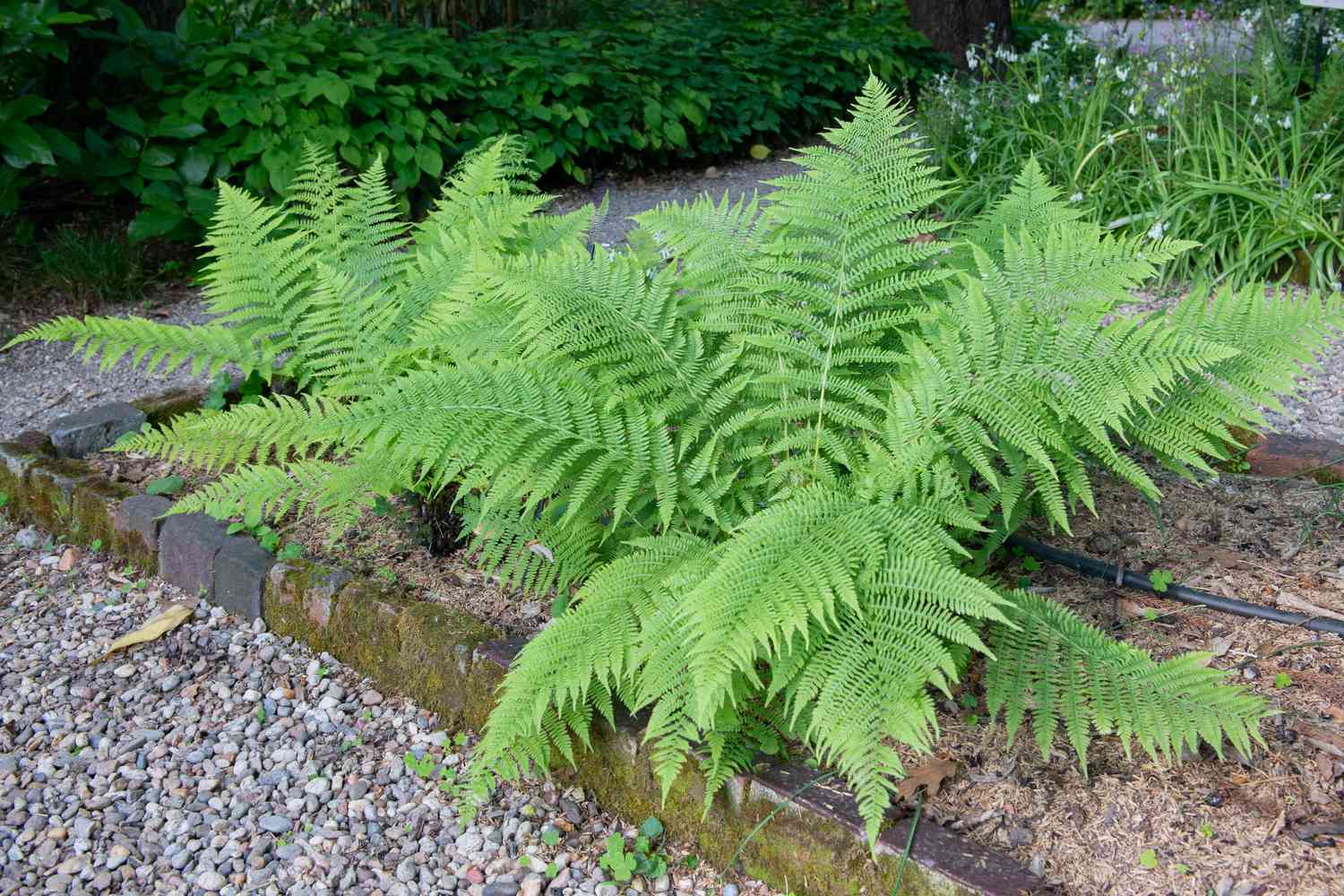
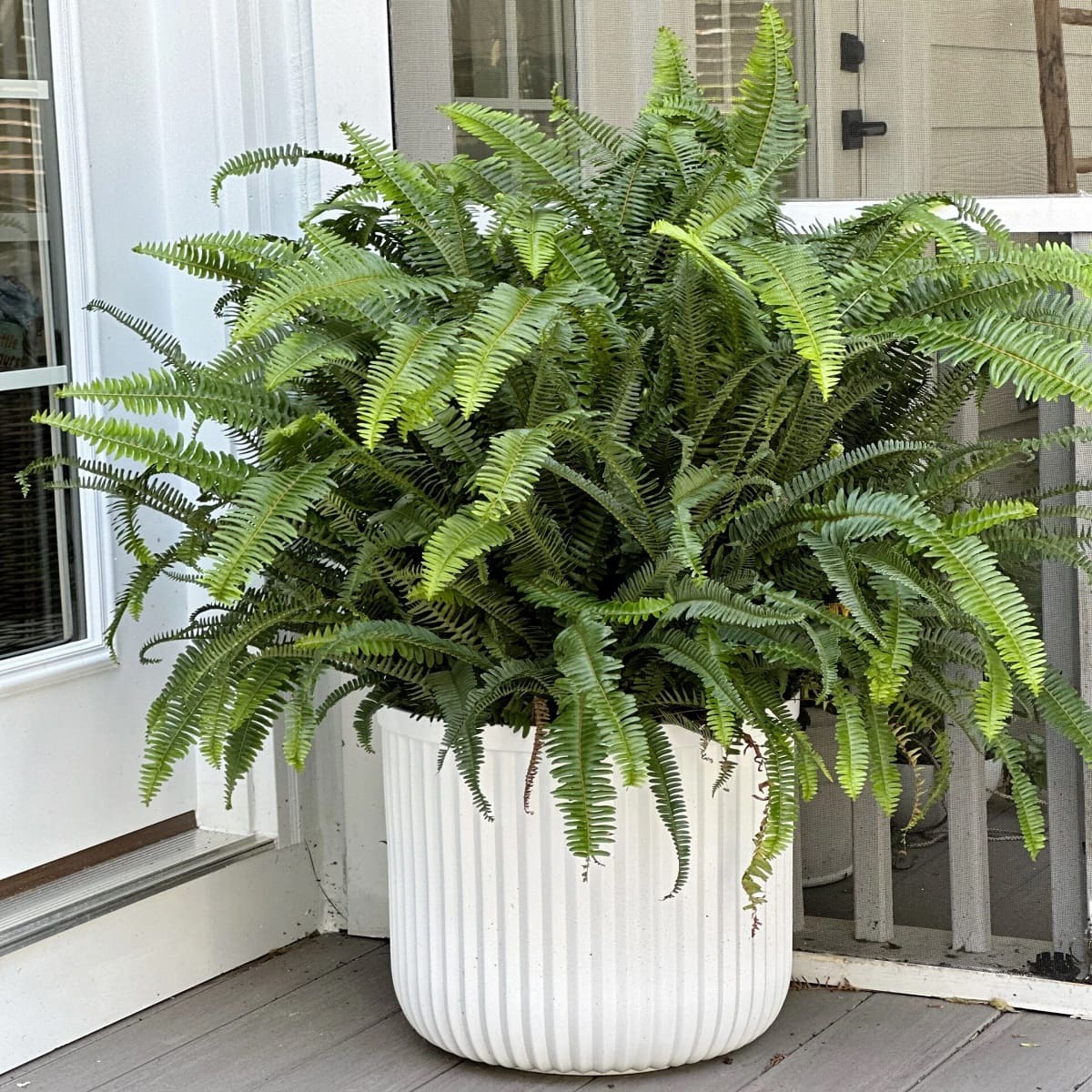
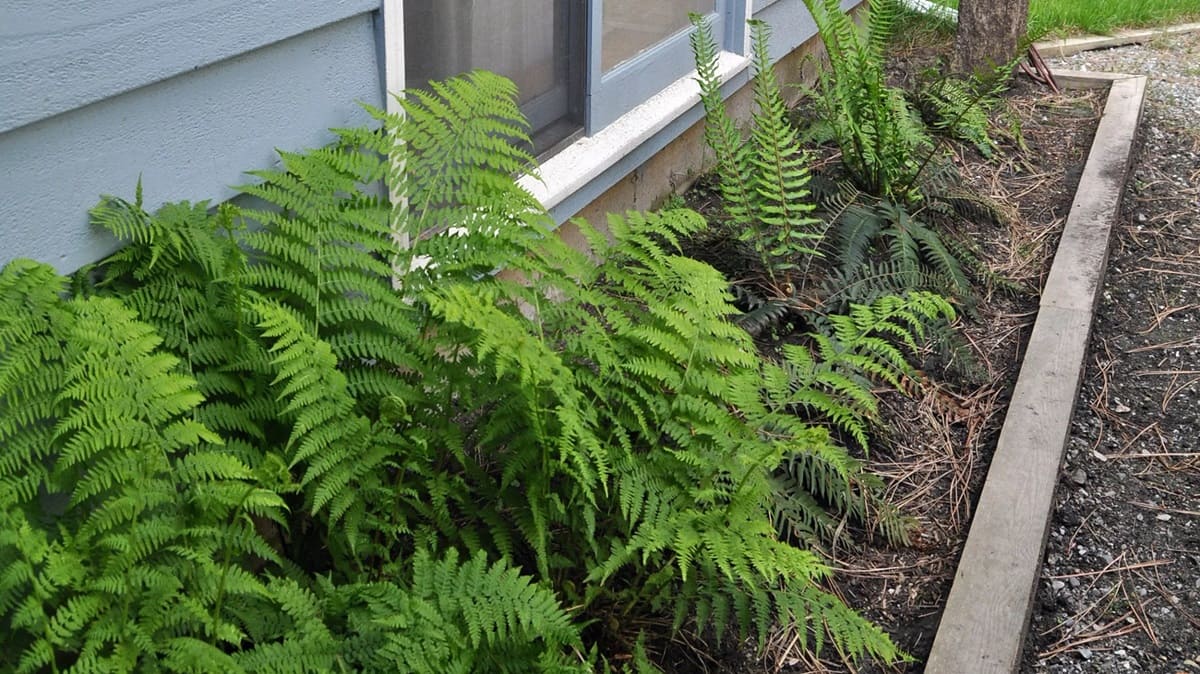
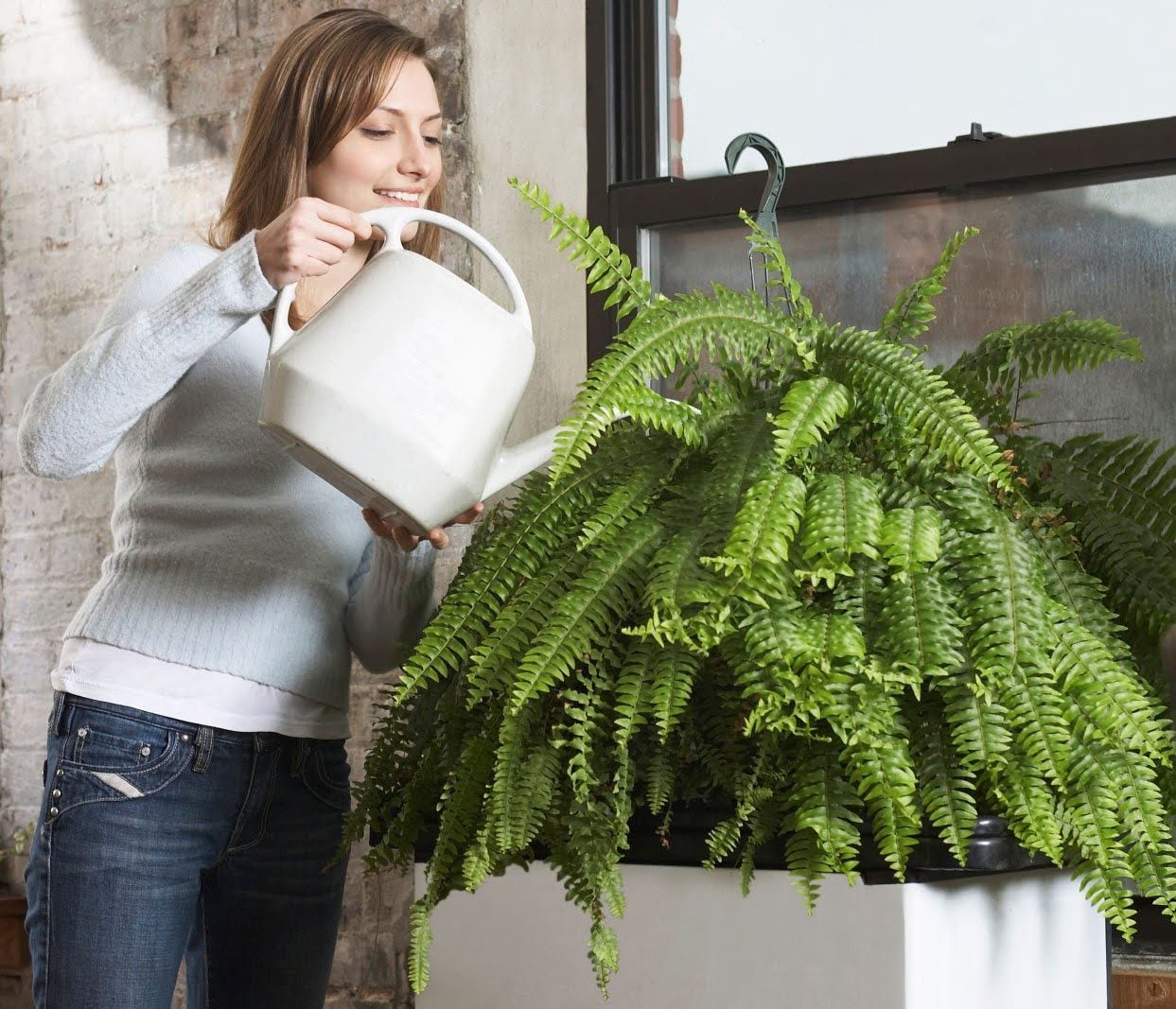


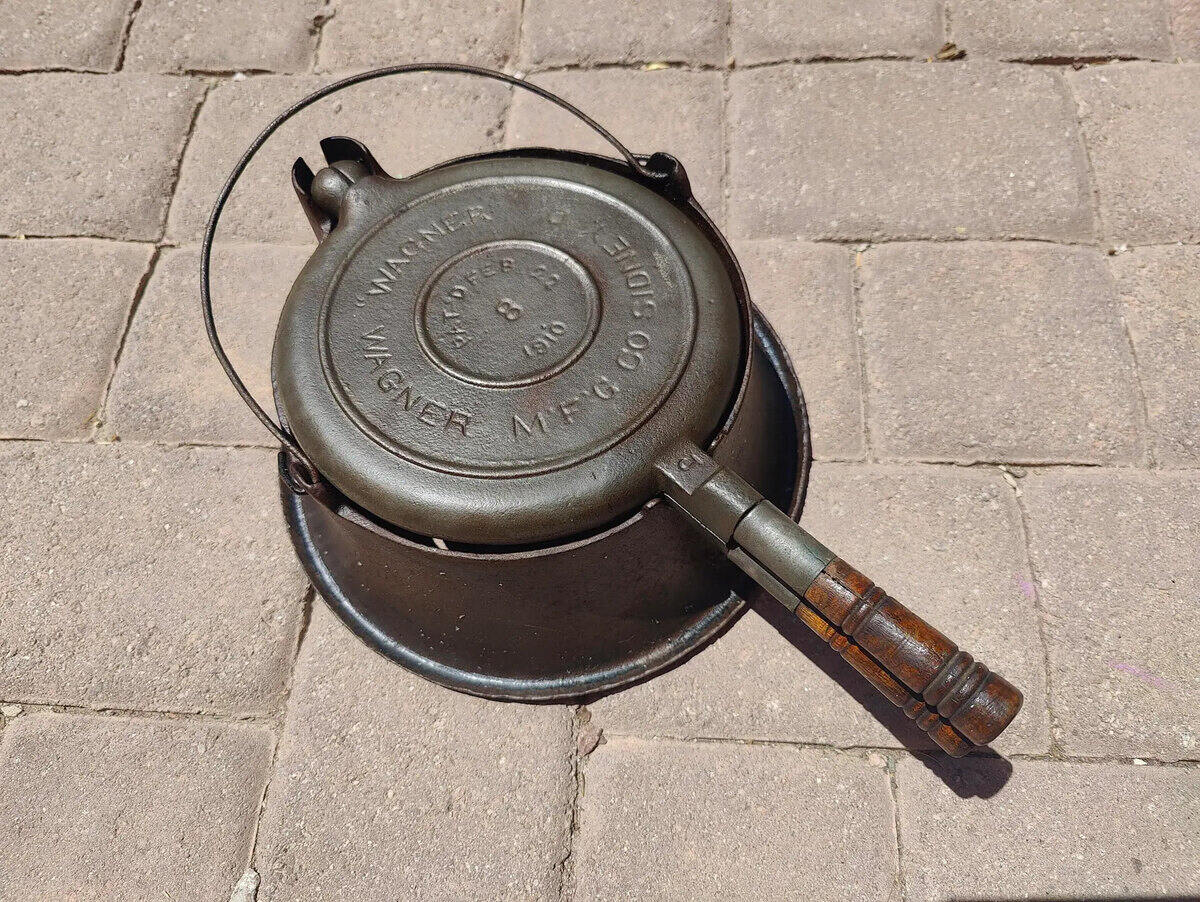
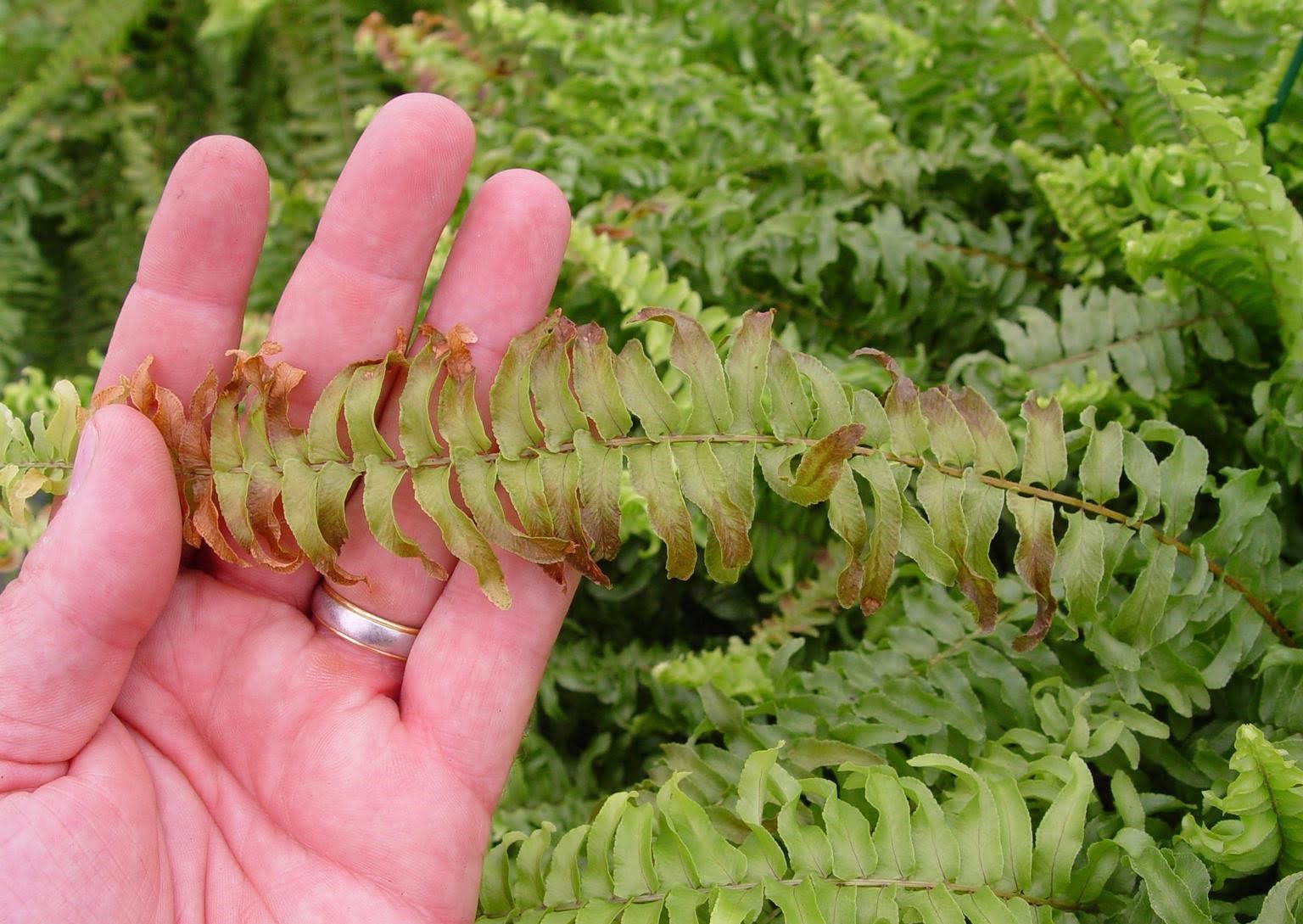







0 thoughts on “How To Bring Outdoor Ferns Back To Life”